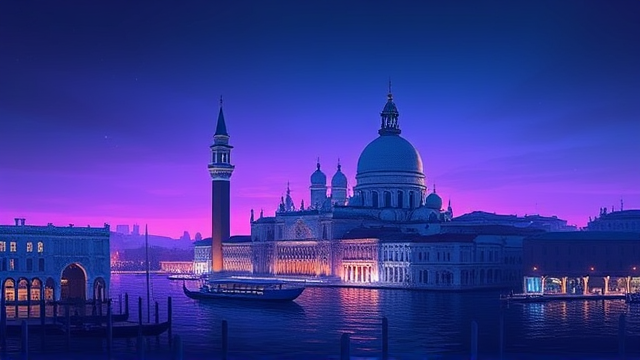Architects Rethink Architecture at Venice Biennale Symposium
The Venice Architecture Biennale has long served as the world’s preeminent stage for architectural discourse, a place where the blueprints of our future cities are not just displayed but vigorously debated, and this year’s symposium, unfolding against that storied backdrop, aims to tear down the very foundations of the field to see what can be rebuilt from the rubble. It’s a fascinating moment, really, a kind of collective soul-searching for a profession perpetually caught between the gravitational pull of artistic expression and the hard, pragmatic demands of utility, budget, and the ever-looming climate crisis.Think about it: for decades, architecture has been celebrated for its iconic, statement-making structures—the Bilbao Guggenheim effect, as it were—but now the conversation is pivoting, almost urgently, toward questions of social equity, sustainable materiality, and what it truly means to build for a community rather than merely for a client or a skyline. The symposium gathers a formidable brain trust of architects, curators, and scholars, the very people who usually jet-set between global project sites, and forces them into a room to confront the uncomfortable truths: the carbon footprint of concrete, the ethical implications of building in politically sensitive regions, the sheer inertia of outdated building codes that stifle innovation.It’s not just about designing a beautiful facade anymore; it’s about designing a resilient system, one that can withstand not only seismic shifts in the earth but also the seismic shifts in our society. One can’t help but draw a parallel to the Renaissance, another period of profound rethinking where artists and architects were also engineers and humanists, blurring the lines between disciplines in a way that feels remarkably prescient today.Now, the tools are different—parametric design, AI-assisted modeling, mycelium-based composites—but the fundamental quest is the same: to harmonize human habitation with the world we inhabit. The discussions likely delve into the legacy of modernism, questioning whether its ‘form follows function’ mantra was ever fully realized or if it simply gave birth to a plague of sterile, impersonal glass boxes that prioritize corporate identity over human wellbeing.There’s also the pressing matter of the existing urban fabric; with so much of the world already built, the most critical architectural act of the 21st century may not be ground-up construction but sensitive, intelligent adaptation—the art of the retrofit. How do we transform a 20th-century shopping mall into a mixed-use community hub? How do we retrofit millions of homes to be carbon neutral? These are the gritty, unglamorous questions that lack the splash of a new museum but hold the key to our collective future.The symposium’s outcomes, the white papers and manifestos that will inevitably emerge, will ripple through university curricula, inform policy debates at the UN Habitat council, and perhaps even sway the investment strategies of pension funds looking to back sustainable infrastructure. It’s a moment of reckoning, and Venice, a city itself a masterpiece of architectural adaptation, slowly sinking yet defiantly beautiful, is the perfect, poignant host for a profession learning to build not for eternity, but for a responsible, and uncertain, tomorrow.
Latest News
In the grand, unpredictable symphony of popular music, a song's legacy is never just about the notes on the page or the voice in the recording; it's about the
29 minutes ago0 comments
The air in Kobe’s Glion Arena crackled with a rare, almost archival energy on that October night, a feeling that transcends the usual stadium roar—this wasn't
39 minutes ago0 comments
In a move that echoes the delicate diplomatic choreography more commonly seen in United Nations assemblies than in song contests, the European Broadcasting
4 hours ago0 comments
The venerable halls of Christie's, a temple to art and antiquity where whispers of gavels have consecrated the exchange of cultural totems for generations,
5 hours ago1 comments
The needle hasn't just moved; it has been ripped from the groove and cast in solid gold.
7 hours ago0 comments
In the grand, often predictable theater of pop music releases, where artists frequently trade artistic ambition for algorithmic certainty, Louis Tomlinson’s
7 hours ago1 comments
Let’s get one thing straight right off the bat, darlings—no, these gummies do not actually contain cornbread, which, let’s be honest, would be a truly wild
7 hours ago0 comments
In a move that sent the gossip-sphere into a full-blown frenzy, Georgina Badell recently took to her social media channels, not to address the swirling rumors
7 hours ago2 comments
It’s quiet here...Start the conversation by leaving the first comment.
